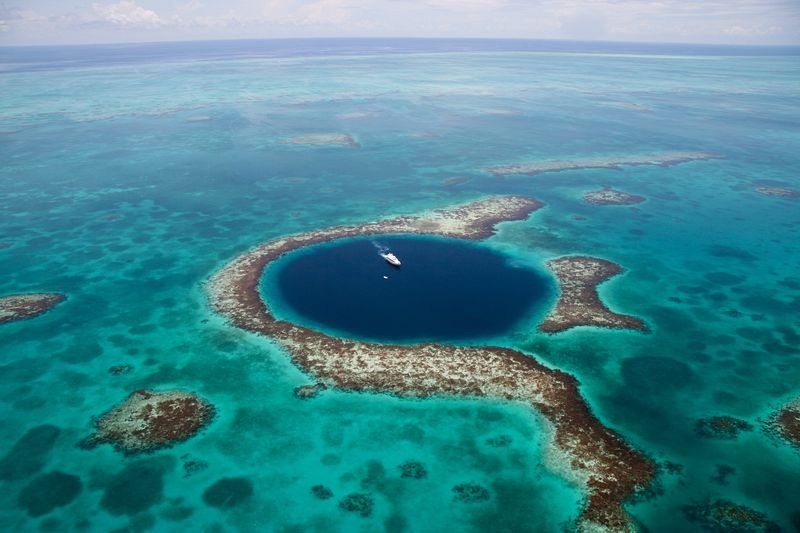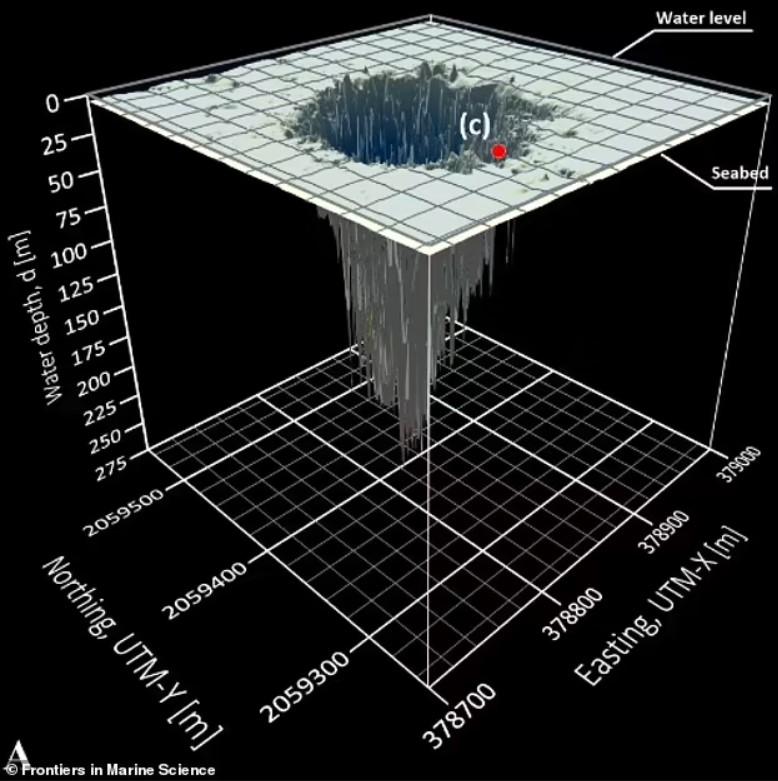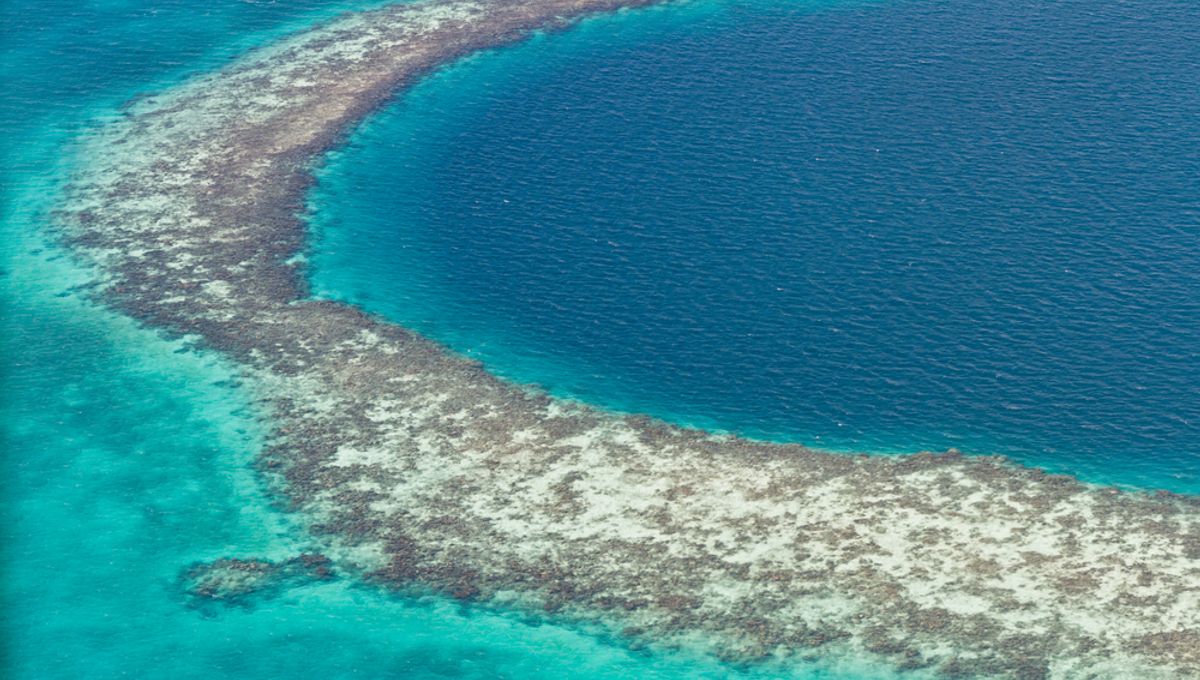Free the Ocean Blog
Unraveling the Secrets of the World's 2nd Deepest Blue Hole
Ever feel like we know more about the twinkling stars and distant planets than the mysteries lurking beneath the ocean waves? Well, it’s not entirely an exaggeration, but the marine world is constantly serving up intriguing discoveries!

A Deep, Dark Secret: Mexico's Taam ja'
The world’s second-deepest blue hole, hidden off the Yucatan Peninsula in Mexico, is an extraordinary natural phenomenon! This incredible underwater chasm, named Taam ja’ or “deep water” in Mayan, measures an astounding 274 meters deep and spans over 13,660 square meters. It’s like an underwater skyscraper, just second in depth to the South China Sea’s 300-meter-deep blue hole discovered in 2016.
A group of talented marine researchers discovered this aquatic marvel in 2021, leading to more knowledge but also further questions about the role of blue holes in the ocean ecosystem. Equipped with scuba gear, sonar equipment, and water sample testing, they navigated this watery maze, creating a detailed map and intriguing chemical profile of Taam ja’s water.
What Makes Them So Special?
Blue holes are teeming with a diverse array of marine life, even though they have low oxygen levels and unique water chemistry. The low-oxygen conditions are a haven for preserving fossils that wouldn’t usually survive elsewhere.

Why Should We Care About Blue Holes?
Studying life in a blue hole’s low-oxygen habitat might just be the key to understanding how ocean life will adapt to climate change. But that’s not all. In their research paper, the scientists also talk about fascinating discoveries of “biofilms, sediments, and irregularly shaped rocky ledges,” and even a variety of worms.
And importantly, it urges for regulatory measures to protect the pristine Taam ja’ from becoming a compromised tourist attraction. These hidden underwater realms remind us just how much there is left to learn about our magnificent planet.






